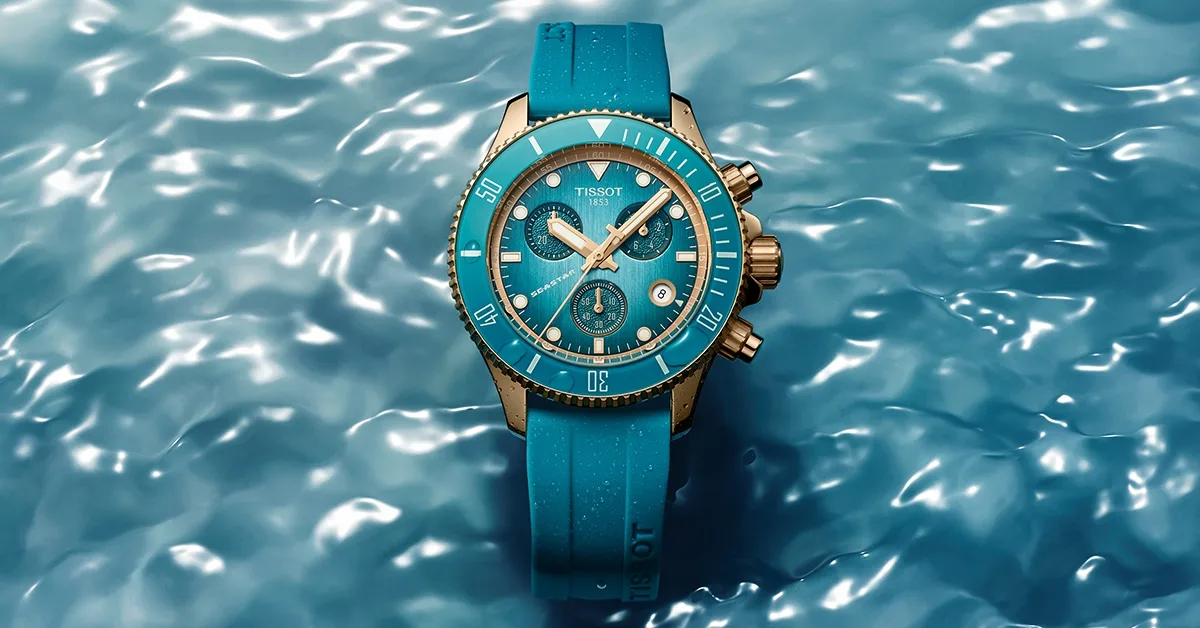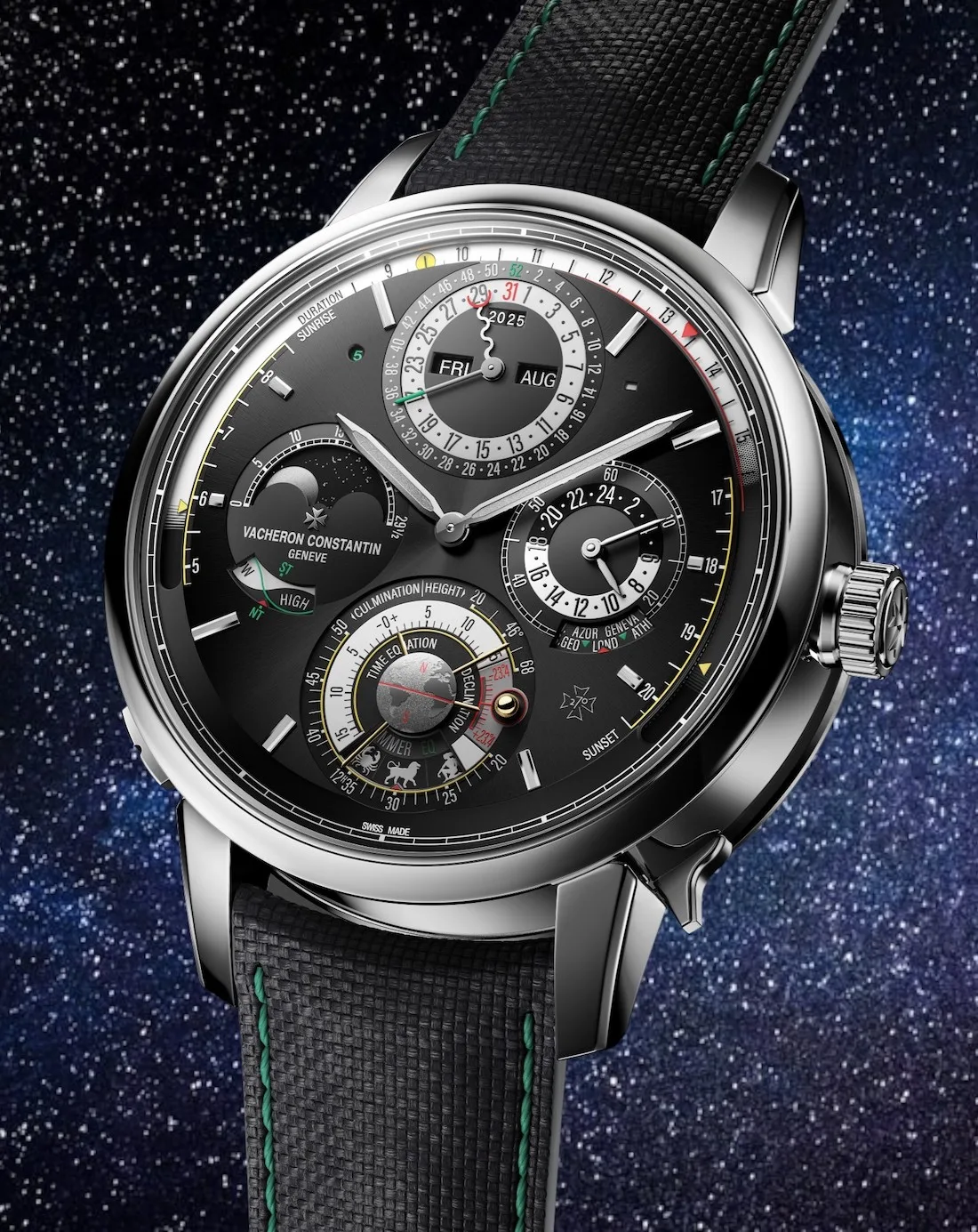Dr Jago Cooper is probably the most recognizable archaeologist in Britain after Indiana Jones. At just 40 years of age and with boyish good looks, Dr Cooper exudes charm, confidence and passion for what he does. His meteoric Archaeological career focuses on the pre-Columbian Americas, which has led him to undertake major projects in several Latinamerican countries.
Not a stranger to the world of broadcasting, he co-presented the Channel 4 series Man on Earth with Tony Robinson and Joy Singarayer in 2009, and later wrote and presented for BBC4 the series Lost Kingdoms of South America, Lost Kingdoms of Central America, Easter Island: Mysteries of a Lost World and the two part series The Inca: Masters of the Clouds. In 2012, he joined the British Museum’s Department of Africa, Oceania and the Americas. In that same year, he published the academically acclaimed book Surviving Sudden Environmental Change: Answers from Archaeology, with Payson D. Sheets.
A lot of his work focuses on climate change and how it has affected Caribbean island indigenous peoples. His most recent project has taken place in caves in Isla de la Mona, Puerto Rico, where amazing discoveries have taken Dr Cooper and his team to re-evaluate how the first Europeans to arrive in the Americas in the 16th Century interacted
with the indigenous population. I had the pleasure to interview Dr Jago Cooper a few weeks ago, to discuss how past civilisations can teach us lessons to help us handle the challenges our society is currently facing, especially when it comes to climate change and adapting to a fast-changing environment.
Q: In your TV documentary Easter Island: Mysteries of a Lost World, you re-examined the historic collapse of the Rapa Nui society. What can we learn from the relationship of the Rapa Nui with their environment?
A: It used to be thought that humans arrived to Easter Island, chopped down all the trees and exhausted all the resources so they couldn’t survive any longer. But that is not the case. It turns out that they chopped the trees because the trees were not that useful and they developed very clever and innovative agricultural systems that were well adapted to that particular island.
They created things like manavai, which are circular wall gardens that held the moisture, were protected from the wind, and perfect to grow edible crops. They also grew food in caves. They used to create this rock mulching, break down rocks and use them outside as protection for plants.
So actually the Rapa Nui had a very successful agricultural system. When Europeans arrived, it seemed to them that the landscape looked really barren. But it was a misinterpretation of what a European mind thinks successful agriculture looks like: bountiful landscapes, crops being grown
in monoculture in one field whilst the Rapa Nui and other civilisations in South America and the Pacific grew crops mixed together in what we now call permaculture. That is a great example of how misconceptions about humanity can be changed, because if you believe that humans are predisposed to always chop down the environment and destroy it, then that doesn’t bode very well for our future.
Q: So if we look back in history, we see many peoples that learnt how to live in harmony with their environment, is that right?
A: Absolutely, and also, often, over thousands of years, people learnt to live with their particular environment; for example, the Maya, both ancient and modern. Ancient Maya developed cities in sub-tropical rainforest, what was thought to be quite inhospitable for successful agriculture, but actually they had very successful agricultural and irrigation systems, and when Europeans arrived and tried to put European systems of agriculture in place in what is now Mexico and Guatemala, they were not very successful at all. There is a term called Traditional Ecological Knowledge (TEK), which means appreciating how often indigenous communities developed an understanding of how to live with their specific environment over century or millennia, and that knowledge is then stored within societies and it must be respected and learnt from.

Q: So then, what happened to us Europeans? When did we lose touch with our environment?
A: I think that the western perceptions of agriculture are very successfulfor Europe, where we have seasons, and our way of life is very well adapted to this seasonality. But the problem is that we tried to implement this way of life to other parts of the world and often they didn’t work, because
our way of life was not adapted to the natural conditions of these other places. In the 20th century there was the general misconception that the European way was the right way… there was an over-reliance on the idea that Europeans had the best way of doing things. This is where we went wrong… many times. If we had greater respect for how other communities and societies operate we could learn many useful lessons.
Q: What other factors could we say contribute to the exhaustion of natural resources, and hence, to the demise of civilisations?
A: I would say population density and over reliance on infrastructure. For example, if you build a piece of technology and heavily rely on it (single adaptation), the day it doesn’t work you become vulnerable. The Hohokam of South West USA are a good example of over reliance on infrastructure. This region has long fluctuating periods of draughts so the Hohokam relied on the flow of rivers which come down from the Rockies. Different ancestral peoples have different ways of adapting to these long draughts. The Hohokam developed very elaborate damn and irrigation systems that allowed them to manage agriculture and produce a lot of food. They were very successful at managing short term draughts over a few hundred years, but the problem came when there was one big flood which knocked down the damn and destroyed the irrigation system; then they were in real trouble.
We could learn from the Hohokam that it is not a good idea to rely on just one piece of technology to deal with climate change. Spreading risk is a much better thing to do.
Q: Where could we find inspiration about how to start conducting ourselves in a way that is sustainable and harmonious with our environment?
A: The key thing is that societies have to adapt to ways of life that are specific to their local environment and their local area. Any society has to rely more in local and less in international and long distance exchange because the latter is not sustainable. People often think that living according to local means involves a massive downscale in quality of life but this is not true. We can have a great quality of life with locally adapted systems of food production, but unfortunately, they are not carried out.
Q: Do you think there could be a counter-trend against globalisation? A trend to go ‘local’ in order to be sustainable?
A: There is no doubt that there must be changes to certain aspects of our way of life, especially when it comes to food. Food production and distribution is a big issue and that is one area where I definitely think we will go more local, if only because it is a big risk to have these massive international trade systems on which we all rely and which will eventually not work. If communities get so far from food production in local areas that they can’t get them back up and running quickly, then these communities would be in real trouble.

Q: Are there examples of this kind of failure in ancient communities?
A: Yes, there are examples of specific extreme events that broke that chain in the past. However we don’t have to go back to ancestral civilisations. For example, in Perú, El Niño events regularly destroy infrastructure, breaking the chain of trade communities rely on, and leading to shortages of food and other resources. Nowadays, the Caribbean islands heavily depend on imported food and when hurricanes or other natural disaster break the supply chain (i.e. availability from supermarkets) then the local production is not fast enough to feed the population and people end up being forced to move. Things were different in the past, among indigenous communities in the Caribbean. They relied on the sea and on very localised agriculture so if a hurricane came through and destroyed some of the infrastructure the network was wide enough to allow food to come in and be distributed.
Q: What about indigenous communities nowadays, like those in the Amazon or Papua New Guinea?
A: All indigenous communities have been impacted by globalisation one way or the other, even in the Amazon, from illegal miners, soy farms… So there is a lot of change. Now, indigenous knowledge and indigenous communities are still strong. We can learn from them traditional ecological knowledge (TEK) to help us change how we see the environment around us. There is a famous example from one of the indigenous
communities in the Sierra Nevada de Santa Marta in Northern Colombia, the Kogi, who have a very different perception of the environment and call themselves the hermanosmayores (older brothers) and they see themselves as stewards of the environment and look down on the hermanosmenores (young brothers), the stupid Europeans that don’t know what they are doing in relation with the environment over the 500 years since they (the Europeans) arrived to the Americas. The Kogi have strongly influenced many important thinkers in talking about environmental theory.
Q: Could one of the problems that we face be that we have a distorted percep- tion of ecology and what our relationship with the environment should be?
A: Absolutely. How people perceive the environment and the relationship between humans and the environment is fundamental to the survival of our planet. People have very different perceptions of the environment. Some people see it as a set of resources that should be exploited in order to allow society do what society needs to do to enjoy themselves, other people see the environment as a very strong and robust system that will always bounce back no matter what we do to it and some others see it as a delicate, fragile system that has to be protected.
People need to take the perception of the environment at a global level and see that the planet has boundaries in terms of how much human impact it can cope with and we are reaching those boundaries.

Q: Moving on to what is done here at the British Museum, do you take into consideration how you could educate the public about the relationship with the environment when you decide on what exhibitions or programmes to put together?
A: Yes, well, I can’t speak for the British Museum as a whole but I can speak for the exhibitions that I do, from an Americas perspective. It is very important for me that our exhibitions take visitors into
a journey that will change their perception of a particular topic. For example, we recently had an exhibition called Where the Thunderbird lives, which focused on indigenous peoples of the north-west of North America, from Southern Alaska all the way down to Washington State and the topic of the exhibition was cultural resilience; how is it that communities in these regions have lived for ten thousand years in one location, maintaining cultural traditions always alive. The exhibition identified three strands of resilience: robustness, adaptation and transformation.
Q: How could we extrapolate these principles of resilience and apply to our modern western society?
A: In fact, that concept of resilience is the foundation of what is known as Resilience Theory, formulated by Canadian ecologist Buzz Holling in the 70s. In the 80s and 90s, Resilience Theory was taken up by economists for modelling the different ways in which humans operate with the planet. These three strands of resilience now underpin large-scale approaches of the inter-governmental panel on climate changes on how societies should cope with the impact of climate change, based on adaptation and mitigation.
So going back to the British Museum, we can show off how many other societies live and operate in the world and compare them with our way of living. Self-reflection is a good thing to do. It is a very good way to gain perspective and hopefully incite cultural change.

















Show Comments +